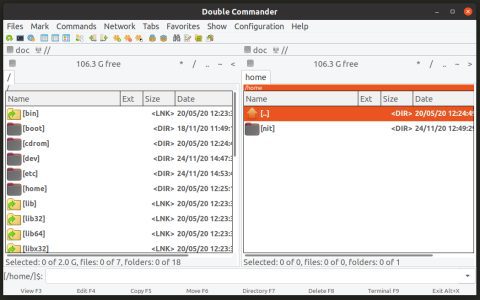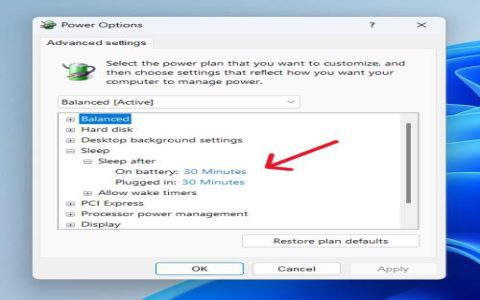Removing a tile from an application generally involves direct interaction with the tile itself or accessing a specific customization menu within the application or operating system. The precise method can vary based on the application's user interface and the platform it runs on.
Common Tile Removal Techniques
- Direct Interaction with the Tile:
- Context Menu: Right-click (on desktop systems) or perform a long-press (on touch-enabled devices) directly on the tile. This action typically opens a contextual menu. Look for options such as "Remove," "Unpin from Start," "Unpin," "Hide Tile," or "Delete Tile."
- Close or Remove Icon: Some tiles, particularly within editable dashboards or interfaces, may display a small "X," minus (-), or trash can icon, either constantly or when an "edit mode" is activated. Clicking this icon will remove the tile.
- Using an Edit or Customize Mode:
- Many applications featuring configurable dashboards or home screens provide an "Edit," "Customize Layout," or "Manage Tiles" mode. Activating this mode usually allows for modification of the layout, including tile removal. Once in this mode, tiles may become selectable for removal or show specific removal controls.
- Through Application Settings:
- Navigate to the application's main settings or preferences menu. There may be a dedicated section for "Dashboard Configuration," "Home Screen Customization," "Tile Management," or "Interface Settings" where you can toggle the visibility of tiles or remove them from display.
- Drag and Drop to a Removal Area:
- In some user interfaces, particularly customizable dashboards, you might be able to drag a tile to a designated "remove" or "trash" zone on the screen to delete it from the current view.
Important Considerations
- Application-Specific Instructions: If the general methods described are not applicable, consult the official help documentation or support resources for the specific application. Developers provide precise instructions for their software.
- Distinction Between Removal and Uninstallation: Removing a tile typically only hides it from your current view or dashboard. It does not uninstall the application or the feature associated with the tile. The app or feature remains on your system.
- Reversibility of Action: In most cases, removing a tile is a reversible action. Applications usually provide a way to re-add or re-enable tiles through their settings or customization options.












